Watch Your Words
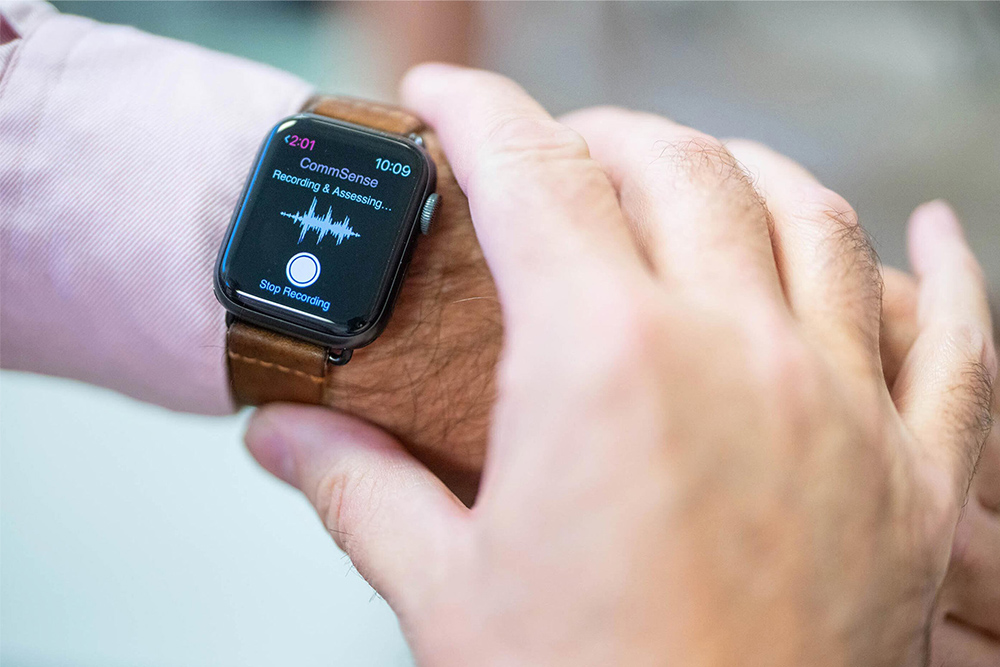
The right words from a doctor or nurse can reduce a patient’s pain, promote healing and calmness, and even encourage a patient to take medications properly.
But clinicians’ communication skills and confidence—sometimes referred to as “bedside manner”—vary widely. To help, UVA health scientists and engineers have developed a prototype of a special smartwatch that records these conversations, scores them and offers suggestions for improvement.
The prototype is called CommSense, created through a partnership between UVA’s schools of Nursing, Medicine and Engineering.
Virginia LeBaron, the associate professor leading the team working on the wearable technology, said the idea came to her after noticing how involved a friend was in tracking sleep data through a FitBit.
The team programmed the watch to note “positive” words and phrases that convey empathy, warmth, and openness. Conversely, the watch also marked “less positive” metrics such as talking too much, interrupting the patient, or using medical jargon.
-
“I thought, ‘We really need something like that to help health care providers communicate more effectively with patients in real time,’” said LeBaron, who earned NIH funding to develop smart technology that helps patients with cancer monitor, predict, and manage their pain at home. “It’s taken a while to turn that idea into reality, but, thanks to an amazing team, the results are promising. I’m excited to see how CommSense will perform in real clinical encounters.”
In addition to LeBaron, the team includes Drs. Tabor Flickinger and David Ling from the School of Medicine and professor Laura Barnes and research scientist Mehdi Boukhechba from the School of Engineering. In addition, nursing student James Edwards, medical student David Lee, and PhD in engineering student Zhiyuan Wang were also critical members of the team.
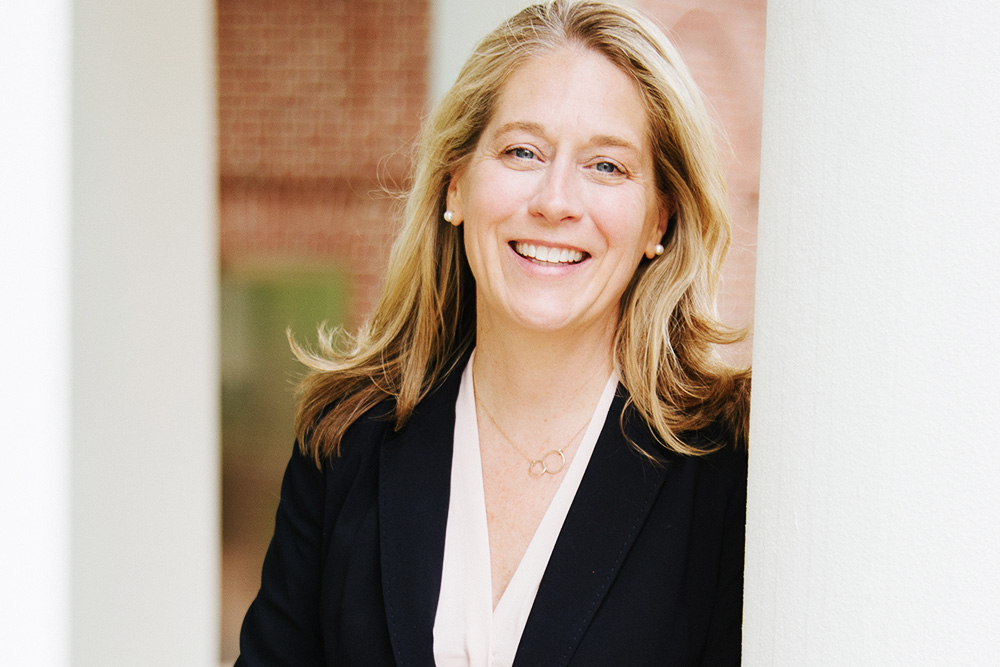
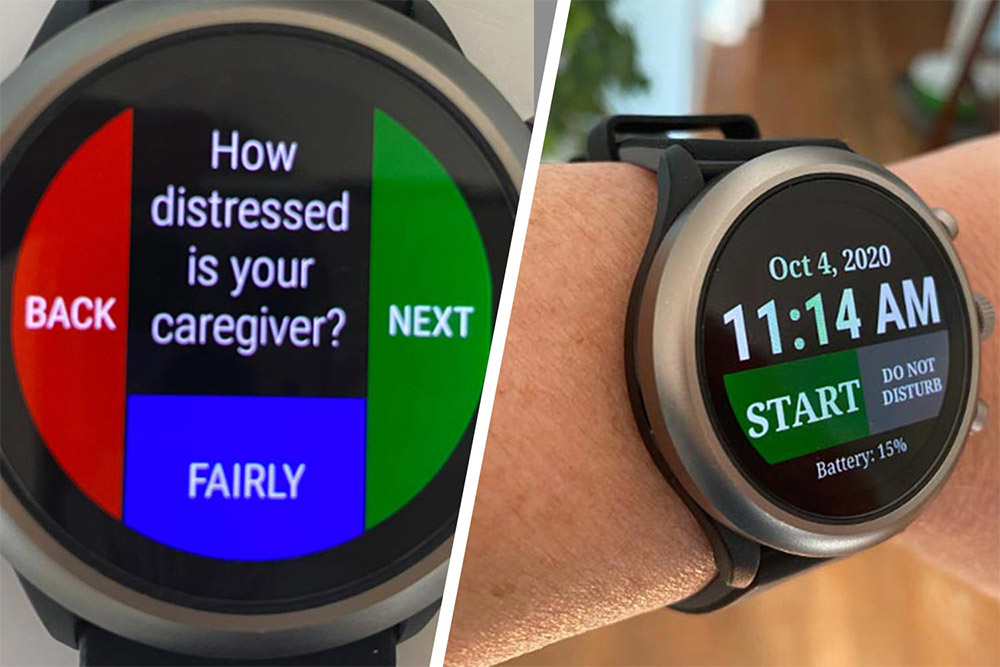
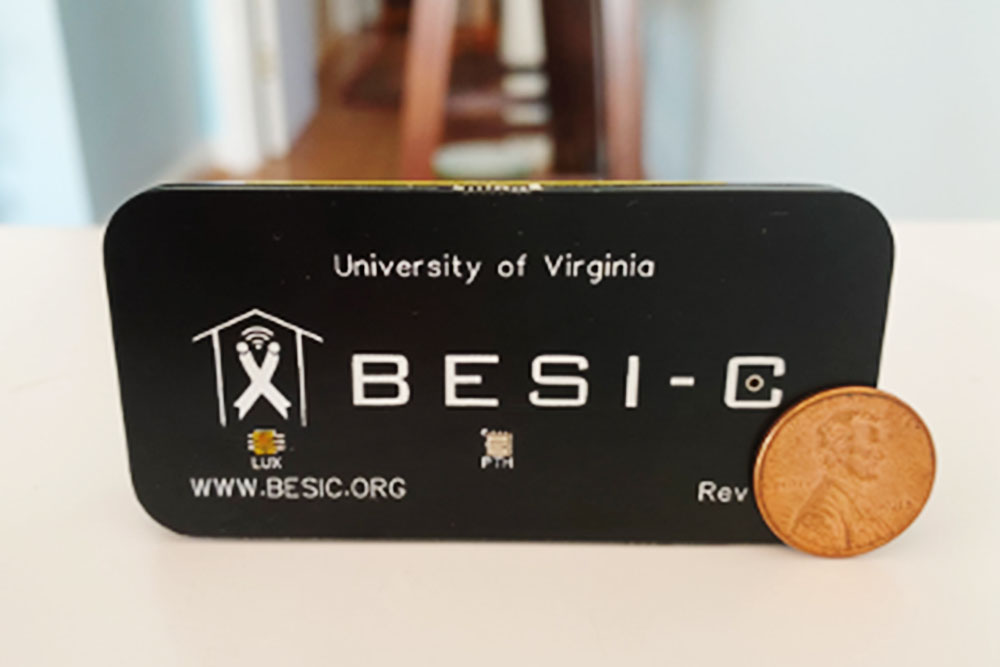
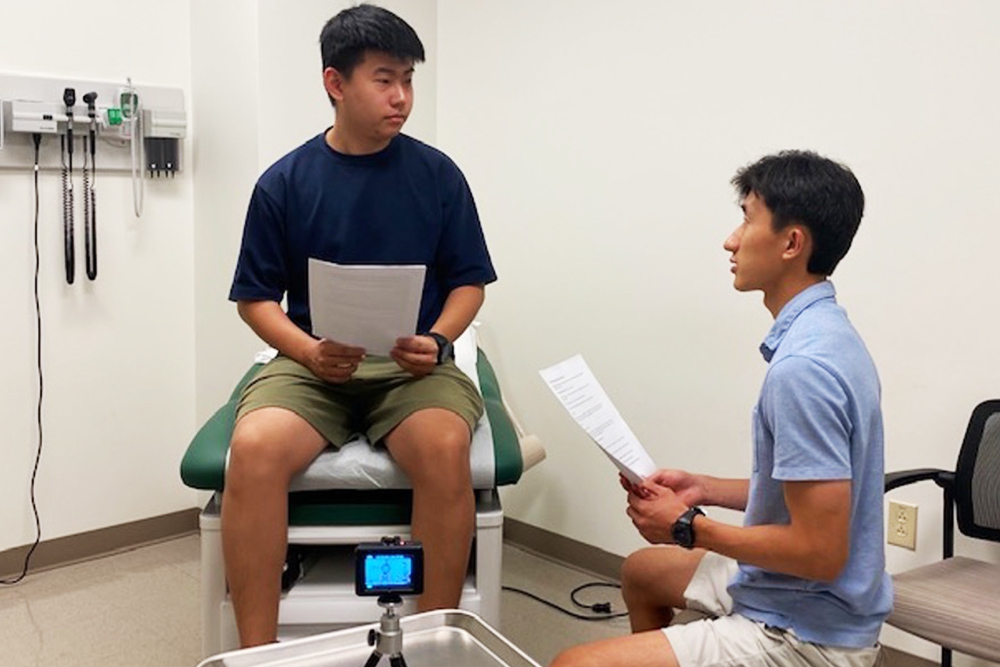
Setting their sights on difficult palliative and end-of-life conversations, the team’s yearlong pilot study, funded by UVA’s Engineering in Medicine Seed Pilot Program, set out to develop and test the ability of CommSense’s algorithms to accurately hear and score clinical conversations and to assess if clinicians would find the technology acceptable.
First, they identified the components of a “gold standard” palliative care conversation by searching literature and consulting communication experts. The best practices relied on open-ended questions, providing time for therapeutic silence, and sentence structures that reinforce connections such as, “I want to be sure I understand,” “It sounds like you are feeling …” and “Can you tell me more about ...?”
The team then established 10 communication metrics—what they called their “Ground Truth”—to set the watch’s listening parameters using Google’s speech-to-text application. The team programmed the watch to note “positive” words and phrases that convey empathy, warmth, and openness. Conversely, the watch also marked “less positive” metrics such as talking too much, interrupting the patient, or using medical jargon.
Effective communication is the bedrock of quality healthcare.
-
With the watch’s conversation parameters in place, they tested it using scripted conversations with nursing and medical students as well as practicing clinicians. Initial results showed that clinicians not only considered CommSense acceptable and helpful, but also that the algorithms were able to reliably extract the desired metrics.
Ultimately, LeBaron said, CommSense will help providers navigate conversations across the health care spectrum, offering practical, meaningful, real-time ways to improve how clinicians interact with their patients. She and her team also hope that CommSense’s communication feedback will help patients experience less pain and stress and improve their satisfaction. Other goals include reducing medication mistakes and avoiding patients being readmitted to a hospital.
LeBaron and her colleagues also hope the smartwatch will effectively support communication in the still-new virtual and remote health care spaces like telehealth that are increasingly part of clinicians’ daily practice.
“Effective communication is the bedrock of quality health care,” the authors write in the latest issue of the Journal of Medical Internet Research. CommSense “represents a paradigm shift in health care delivery … [and is] poised to make a valuable contribution to communication science.”
###
